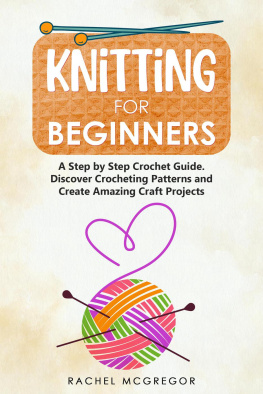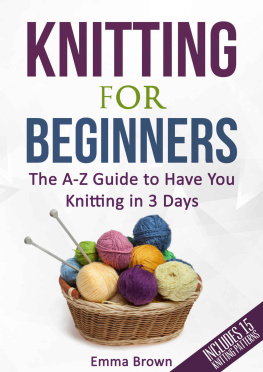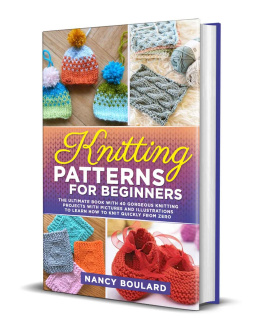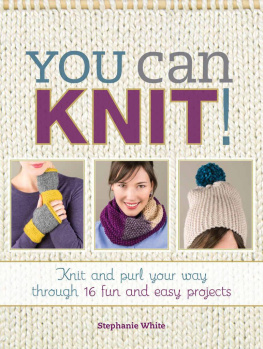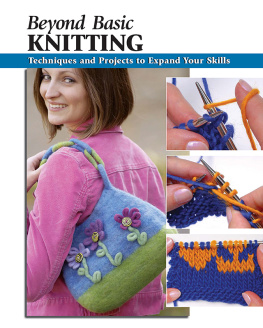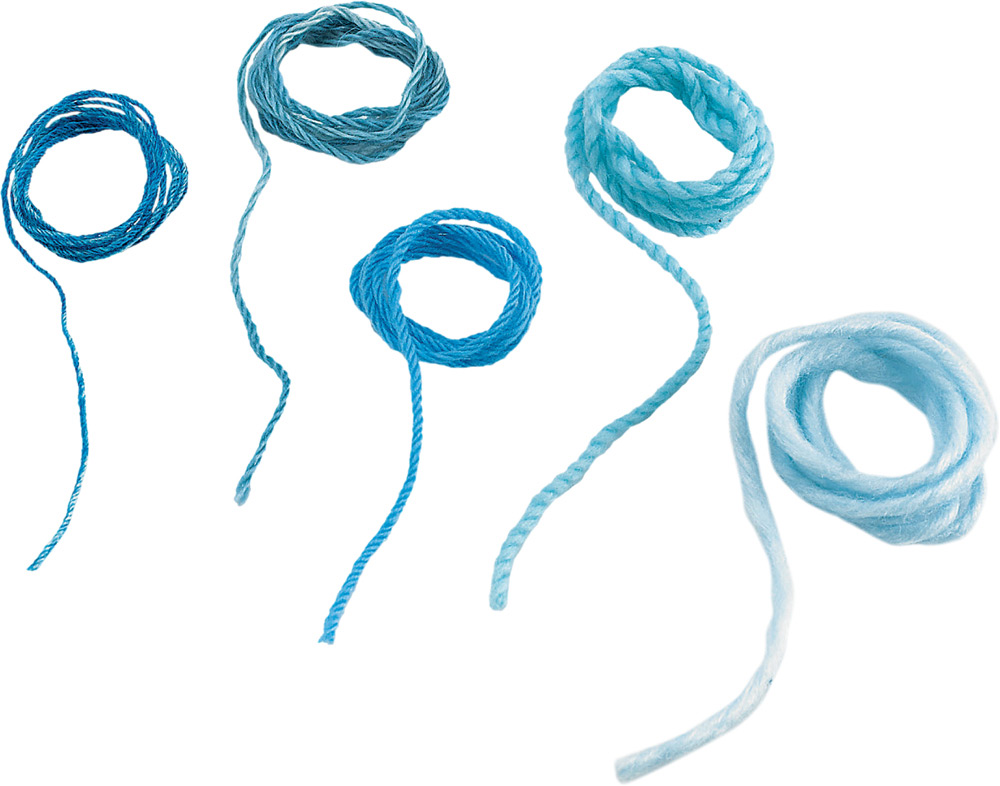
Copyright 2014 Creative Publishing international
Text and projects/patterns 2014 Carri Hammett
Photography 2014 Creative Publishing international
All rights reserved. No part of this work covered by the copyrights hereon may be reproduced or used in any form or by any meansgraphic, electronic, or mechanical, including photocopying, recording, taping of information on storage and retrieval systemswithout the written permission of the publisher.
Due to differing conditions, materials, and skill levels, the publisher and various manufacturers disclaim any liability for unsatisfactory results or injury due to improper use of tools, materials, or information in this publication.
First published in the United States of America by
Creative Publishing international, a division of
Quarto Publishing Group USA Inc.
400 First Avenue North
Suite 400
Minneapolis, MN 55401
1-800-328-3895
www.creativepub.com
Visit www.Craftside.Typepad.com for a behind-the-scenes peek at our crafty world!
Digital edition: 978-1-62788-010-7
Softcover edition: 978-1-58923-805-3
Library of Congress Cataloging-in-Publication Data available
Technical Editor: Karen Weiberg
Copy Editor: India Tresselt
Cover Design, Book Design, and Page Layout: Megan Jones Design
Cover Photography: Lightstream
first time
KNITTING
THE ABSOLUTE BEGINNERS GUIDE
by Carri Hammett

contents

introduction
WELCOME TO THE WORLD OF KNITTING! KNITTING IS SO MUCH MORE THAN JUST A WAY TO MAKE SOMETHING. YOULL SOON DISCOVER THAT THE PROCESS OF KNITTING IS RELAXING AND EVEN THERAPEUTIC. THE RHYTHMIC AND REPETITIVE MOTION IS VERY CALMING AND RESTFUL. MANY KNITTERS LOOK FORWARD TO THEIR QUIET TIME WITH NEEDLES AND YARN AS THE BEST PART OF THEIR DAY.
It doesnt require a big investment to learn how to knit. With this book, some yarn, and needles, you are ready to start learning. Your time investment isnt huge either. It only takes a few hours to learn the basic skills needed to make a simple scarf. Once you become hooked by knitting youll find that youre eager to add new skills and make items with more complexity. The more you practice, the more confident you will become.
This book teaches you a range of knitting skills from the most simple, basic ones to more advanced techniques that will launch you confidently into the full spectrum of knitting options. Each chapter begins by teaching the skills needed to make the projects in that chapter. For each project you will find a list of the skills required and also the materials you will need.
You are always encouraged to make practice swatches so you can learn a skill before you use it on the yarn you choose for the finished project. Buy a skein of high-quality, worsted weight, wool yarn that knits at a gauge of 20 stitches = 4" (10 cm) (or 5 stitches to 1" [2.5 cm]). Choose a solid color that is a medium value (not too dark or too light to see details). You will also need a pair of single-point US size 8 (5 mm) knitting needles no longer than 9" (23 cm).
If youre an absolute beginner, then the best approach is to start with the first chapter and work your way through the book. Each chapter builds on the skills that were presented earlier. You dont have to make every project, but spend time learning the skills and in particular making the practice swatches. The first three chaptersBasic Knitting, Texture, and Shapingwill give you a solid skill set that will prepare you for the last two chaptersKnitting in the Round and Putting It Togetherwhich offer new challenges and open new doors.
Lets get started!
BASIC KNITTING

Knitting is a versatile, easily transportable craft because the tools and materials are so simple; to get started you really only need yarn and knitting needles. The process of making a basic knit item is quite simple. In its most fundamental form, knitting requires only three steps: casting on, knitting, and binding off. Youll find that learning these three steps is easy. Then, by simply changing the needle size, yarn, or yarn combinations, you can achieve a variety of knitted fabrics suitable for different projects.
yarn
Yarn is simply a continuous strand of twisted fiber. The fiber can be anything from naturals like wool or cotton to luxury fibers such as cashmere and silk. Youll also find more unusual fibers such as bamboo, Tencel, and linen and, of course, less expensive synthetic fibers such as nylon and acrylic. In addition, an abundance of yarns exist that are combinations of all the fibers available such as cotton/bamboo, wool/silk, or linen/acrylic. The selection can be mind boggling, so it may be helpful to find a good, independent yarn shop in your area. The local yarn shop (affectionately nicknamed LYS) is the perfect place to learn about yarn and find reinforcement for the skills that are taught in this book. Yarn shops are typically staffed by expert knitters who are eager to guide your success when you venture beyond what youve learned in this book. Good craft or hobby stores and comprehensive online shops also carry a wide assortment of yarns, needles, and instructional materials.
TEXTURE
Yarn for handknitting comes in a variety of textures and different weights. In terms of texture, youll find a wide range from smooth to wildly eclectic and bumpy. The photo below shows a range from left to right of smooth (merino wool), bumpy (cotton), boucle (alpaca/nylon), thick and thin (wool), fuzzy (mohair), chenille (rayon), eyelash (nylon), slub (nylon/metallic), and ribbon (nylon). The projects in this book use yarns that are primarily smooth or just a little bumpy because those are the ones that are most manageable for a new knitter.
WEIGHT
Yarn is classified by the thickness or diameter of the strand and this classification is commonly referred to as weight. The thinner the yarn; the lighter its weight. The photo below shows a range of weights from super fine (fingering) to super bulky. On you will find an in-depth discussion of yarn weight and how to combine yarns for more variety in your knitting.
YARN PACKAGING
Yarn packaging (sometimes referred to as put-up) comes in a variety of forms. There are balls (they look like a doughnut) and skeins, which are densely wound and wrapped around the middle with a ball band (label). Both balls and skeins are ready to be used; simply pull the end out of the center.
Next page

